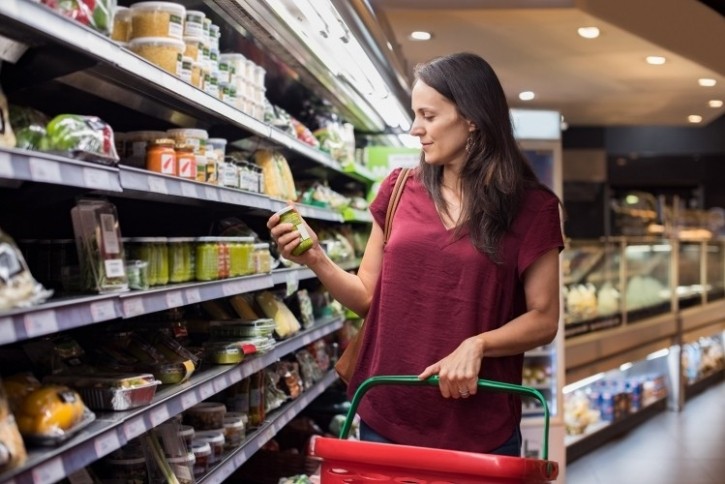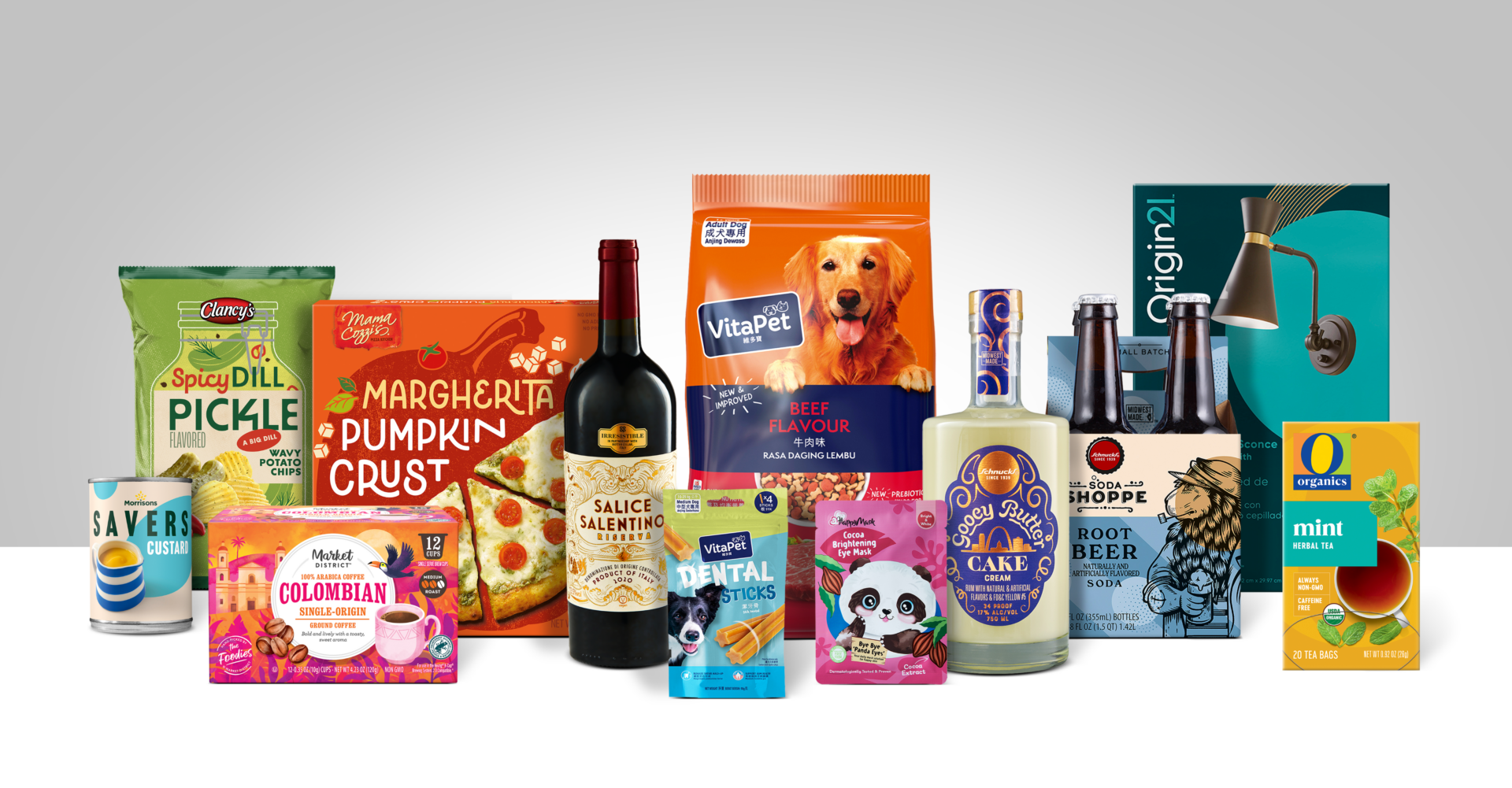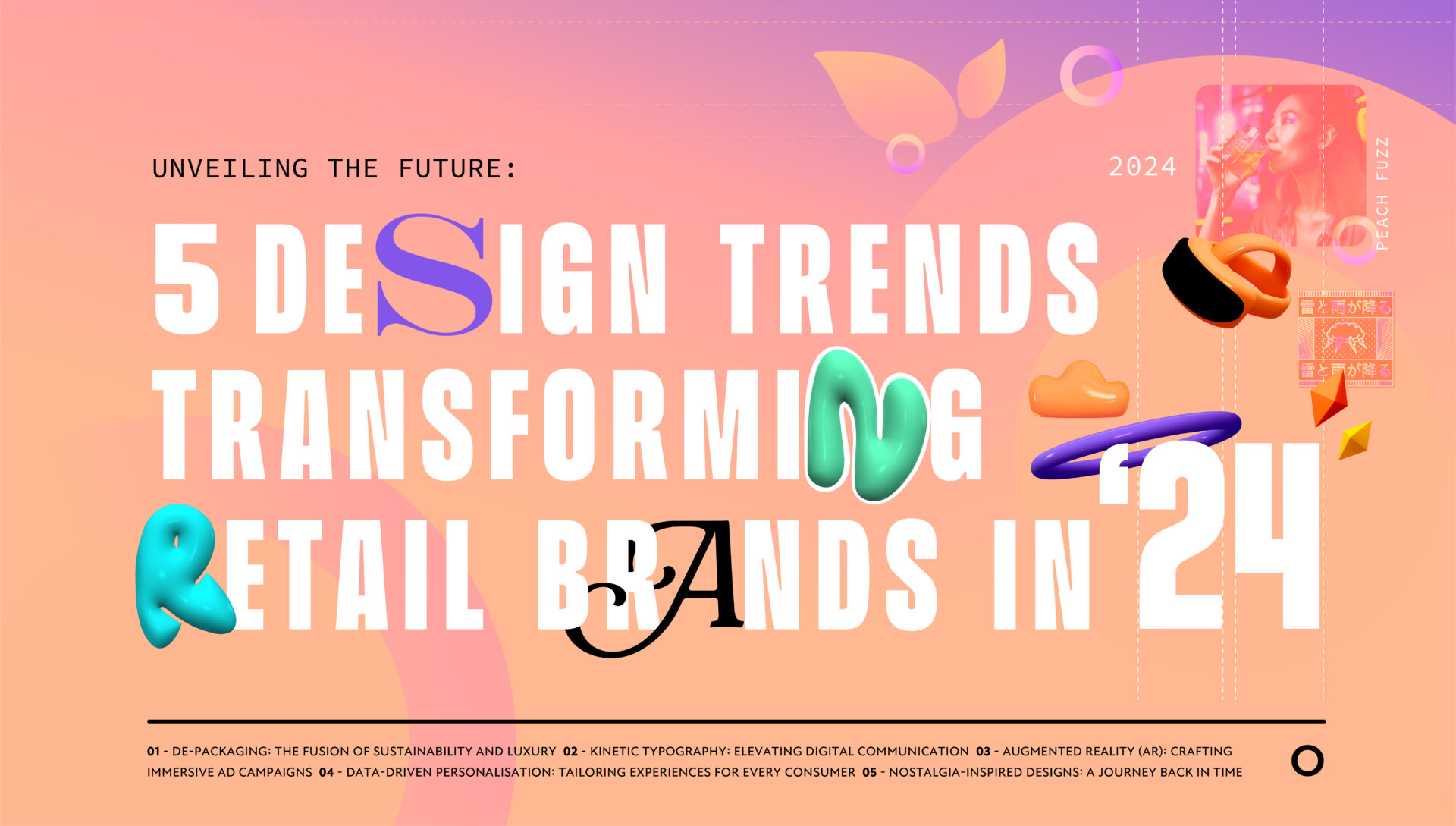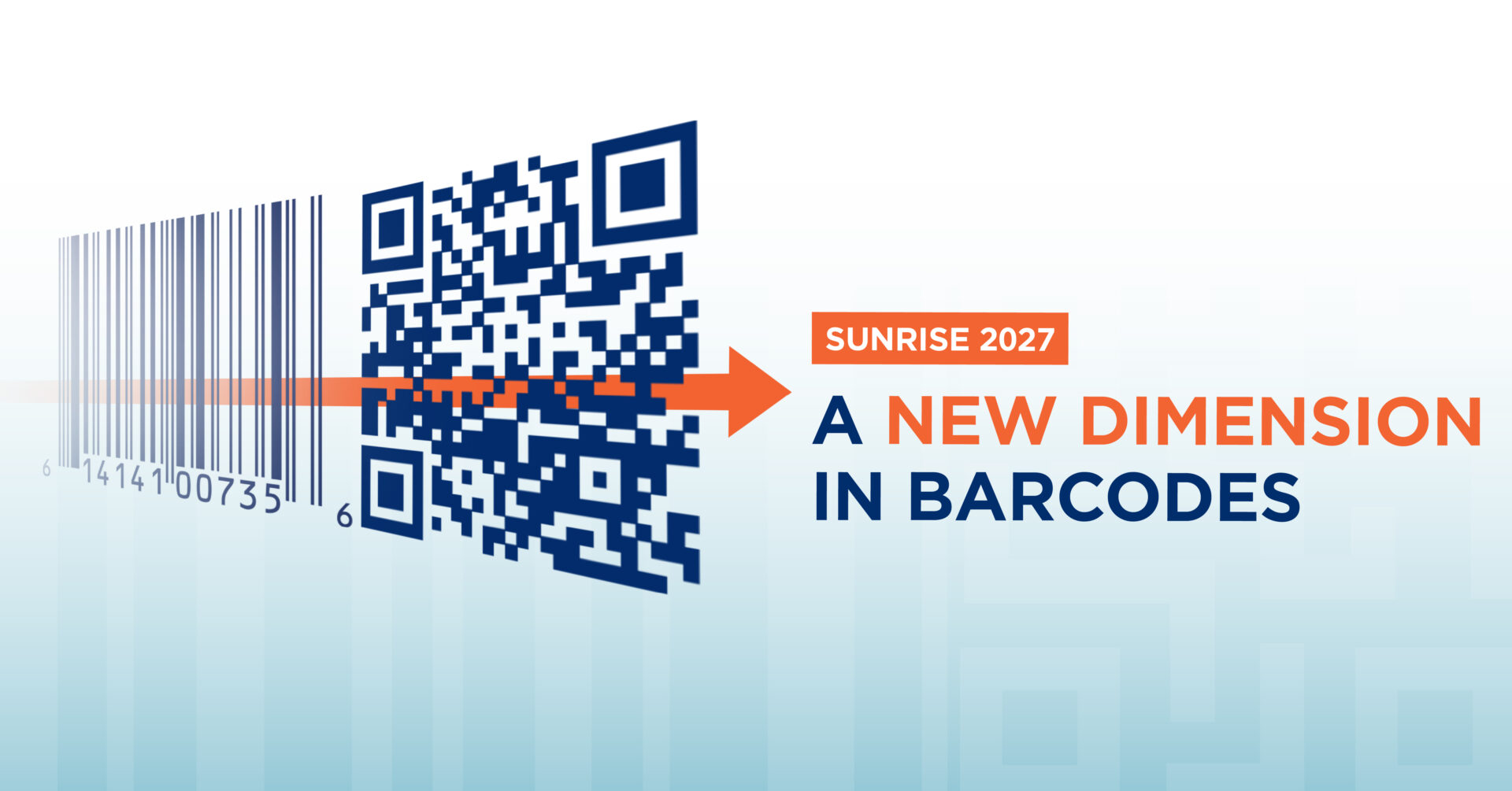EQUATOR DESIGN’S GLOBAL VP OF ENGAGEMENT MATT CALDWELL DISCUSSES LESSONS FROM THE COVID-19 CRISIS
The FMCG sphere is facing “seismic shifts”, says global market research firm Nielsen – have you felt them, or are you bracing yourself for the aftershocks?
While we’ve always used “fast-moving” as our go-to descriptor of the FMCG marketplace, the speed of recent changes has shocked even the most stalwart industry players.
We’re all in this together. So to make the best of the situation today, and position ourselves for when normalcy returns, we must analyze and adjust, analyze and adjust, in order to keep up with these “seismic” shifts, which are coming at breakneck speed.
Evidence of rapid change
In the UK, shoppers made over 79 million extra shopping trips to supermarkets in the four weeks leading up to March 21, as they stocked their “pandemic pantries”, driving a 20.5% jump in supermarket sales – but this is just a part of what makes the shifts so “seismic” .
Over these weeks, sales of cupboard essentials were the first to skyrocket, then once consumers had bulk bought to contentment, they filled their freezers. Then, after the closing of bars and pubs came a run on alcohol. It was a version of Maslow’s hierarchy of needs, played out in supermarket aisles.
Stateside, consumers turned to large format retailers in droves and evidenced a 63% increase across major outlet shopping for the period from February 9 to March 22, when compared with the same time last year. By contrast convenience store shopping fell, bringing those stores already threatened by falling numbers of smokers and an increase in fuel-efficient transport closer to an existential point of no return.
How FMCG is coping
We’ve been keeping a close watch on the ways in which supermarkets have been stepping up to the plate – and how producers and supply chain players are managing to cope. These manufacturers, warehouse workers and logistics professionals are grappling with the same issues we all are… and then some: uncertainty, staff shortages due to illness, getting to grips with new technologies, volatile demand, transitioning a number of staff into homeworking, cash flow issues and fears about the onset of recession or even a depression.
It’s been inspiring to see emergency working groups put in place to unite the efforts of companies supplying the grocery retail sector. Supply chain and logistics consultancy SCALA launched its Covid-19 Supply Chain Collaboration Group with the aim of co-ordinating ongoing industry initiatives, promoting the sharing of ideas and collaborating among one another and across the wider industry, in the hopes of ensuring businesses and consumers alike have the essentials they need to survive the Covid-19 pandemic and help supermarkets to deal with issues such as consumer stockpiling.
The public couldn’t be more dependent on these suppliers, since the many cafes, bars and takeaways which formerly provided 40% of our food and drink now have limited or completely suspended their operations. This demand has been displaced into the retail channel, creating record demand and intense pressure within supply chains. Now more than ever we need a stable and reliable FMCG industry.
Don’t wait to see where the chips fall
Across the globe, people are having to learn new skills and experiment with new processes – fast. Our conclusion is that FMCG is no different: a “wait and see” approach simply isn’t going to cut it.
Where brands could previously benefit by taking a slow and measured approach, these times call for agility, rapid decision-making and even being rash. The alternative to thinking on your feet is watching precious opportunities slip by.
So what does responsiveness to our “new normal” look like? Well, it means taking a completely fresh look – reassessing shelf management, reimagining formats, and rethinking tiers.
First let’s look at the supermarket shelf itself. In the recent crisis, shelves emptied rapidly, leaving retailers in a scramble to evaluate and restock. In the case of any future incidents, not only do we have our recent experience to guide us, we can also embrace AI to help us gather data effectively and swiftly.
Take for example, the autonomous shelf-scanning robot which has been used in Schnucks Markets and Giant Eagle stores, called Tally. With more than 40 sensors, Tally avoids obstacles as it navigates the floor and scans shelves checking between 15,000 and 30,000 products per hour. It audits inventory through the help of cameras, computer vision and machine learning, enabling it to identify prices, product placement, availability and special promotions.
Data from these microsites can then be analysed in order to shed new light on purchasing behaviour – pinpointing patterns missed by humans and obsolete computer programs, helping retailers to anticipate issues before they happen.
New formats and tiers
If, as expected the pandemic lingers over the coming months, or moves to the Southern Hemisphere only to return again this winter, we could also see a long-lasting shift in preferred formats – with higher interest in bulk buying, large tins, multi-buys, and multi-packs. Food items having superlative longevity, and the pack science which enables greater food longevity, will become a major focus.
Along with large formats, insights from data consultancy Kantar have revealed that consumers in an early economic recovery in China are making a return to purchasing, but rather than preferring luxury items, they are by and large sticking to basics. Steering away from luxury purchases could mean a scaling back on splurge mentality, at least for the near future. This necessitates a rethink on our structuring and marketing around “premier” tiers, and leaves questions around brand messaging built on exclusivity.
Finally, self-improvement and education have been the breakout stars of our pandemic pastimes (online sales at UK booksellers Waterstones rose in March by 400%. Even Yale has joined the act, making its most popular class ever, “The Science of Well Being” available online to study for free), and upon our transition back to normalcy, we anticipate this enthusiasm for expanding our own horizons to continue. Hoping for the best, being prepared for the worst, and brushing up on knowledge and skills are all areas we will want to satisfy as individuals. As brands consider their own brand messaging, making efforts to educate, fostering a sense of wellbeing and preparedness, and showing consumers how products fit into the lives they lead now, will need fresh focus.
As the shocks and aftershocks of Covid-19 rock the FMCG industry, we encourage our clients and partners to utilise all available insights, adopt a proactive approach and take full advantage of our under-one-roof model which provides superior thinking, insights and incredible speed to shelf. For those seeking a responsive design to shelf solution, Equator will help you to make sense of the shifts, keep up with the changes and navigate these challenging times.















